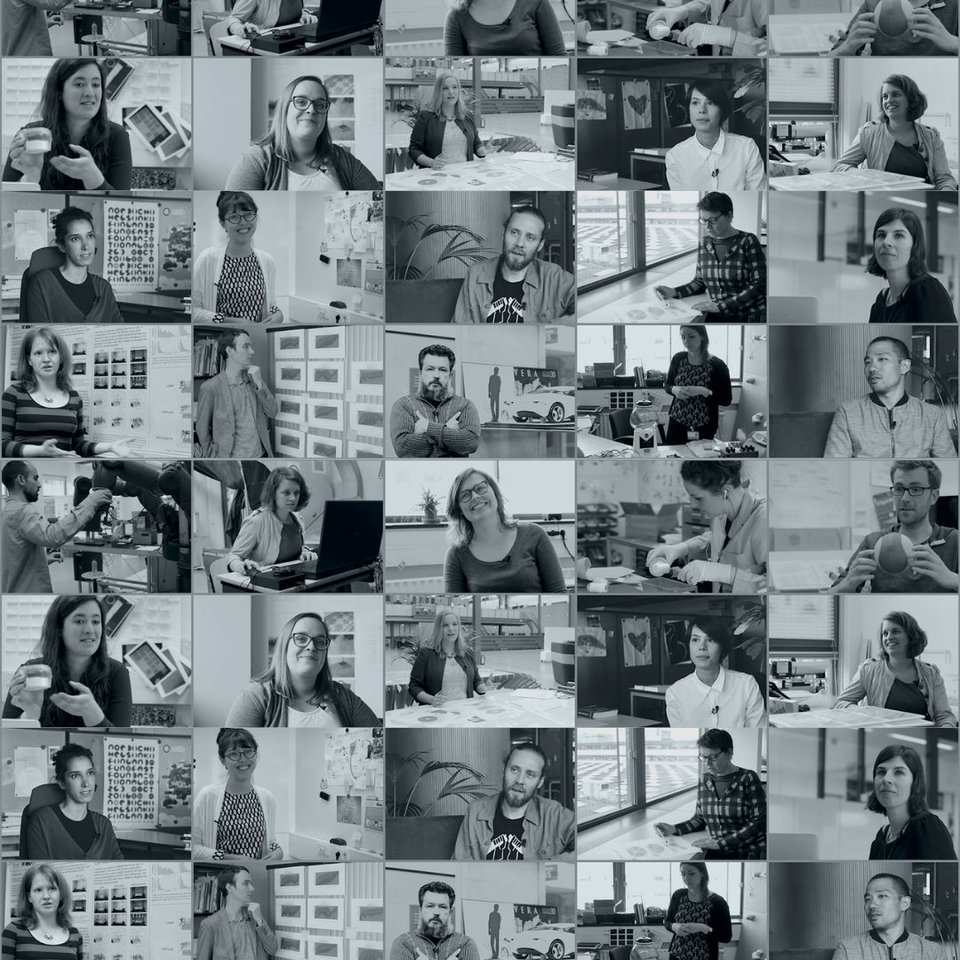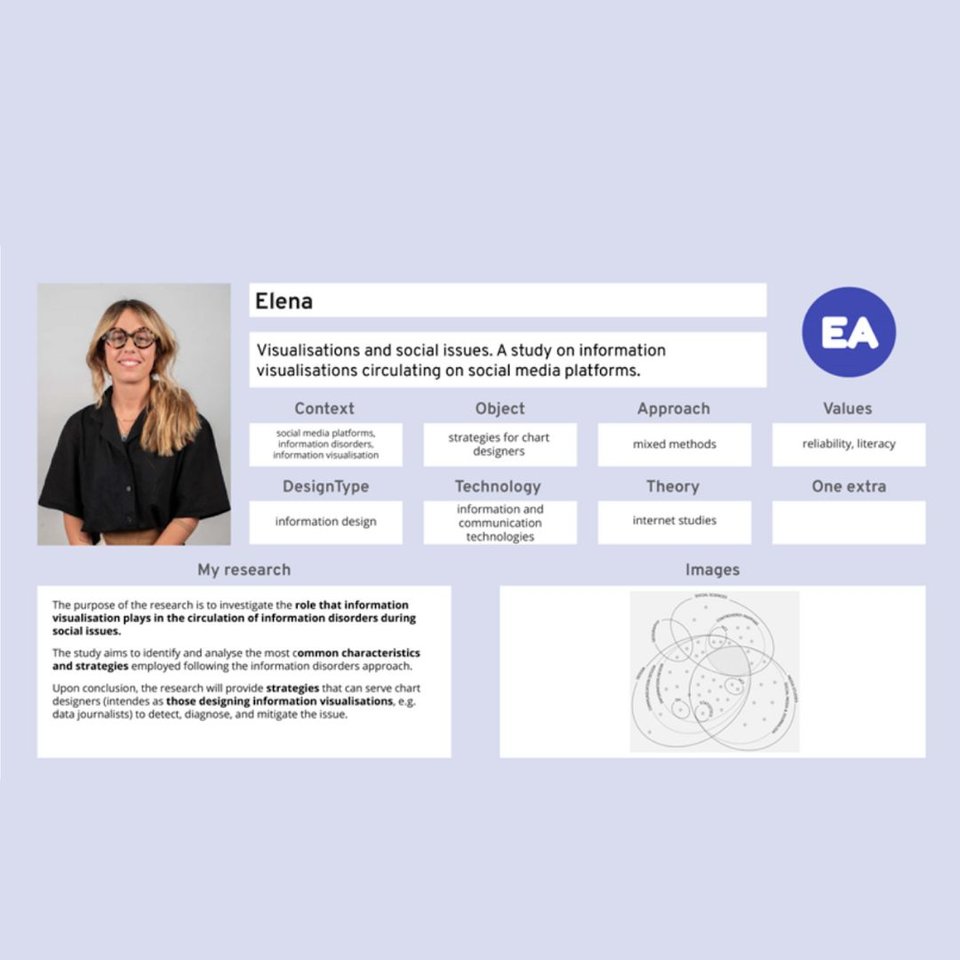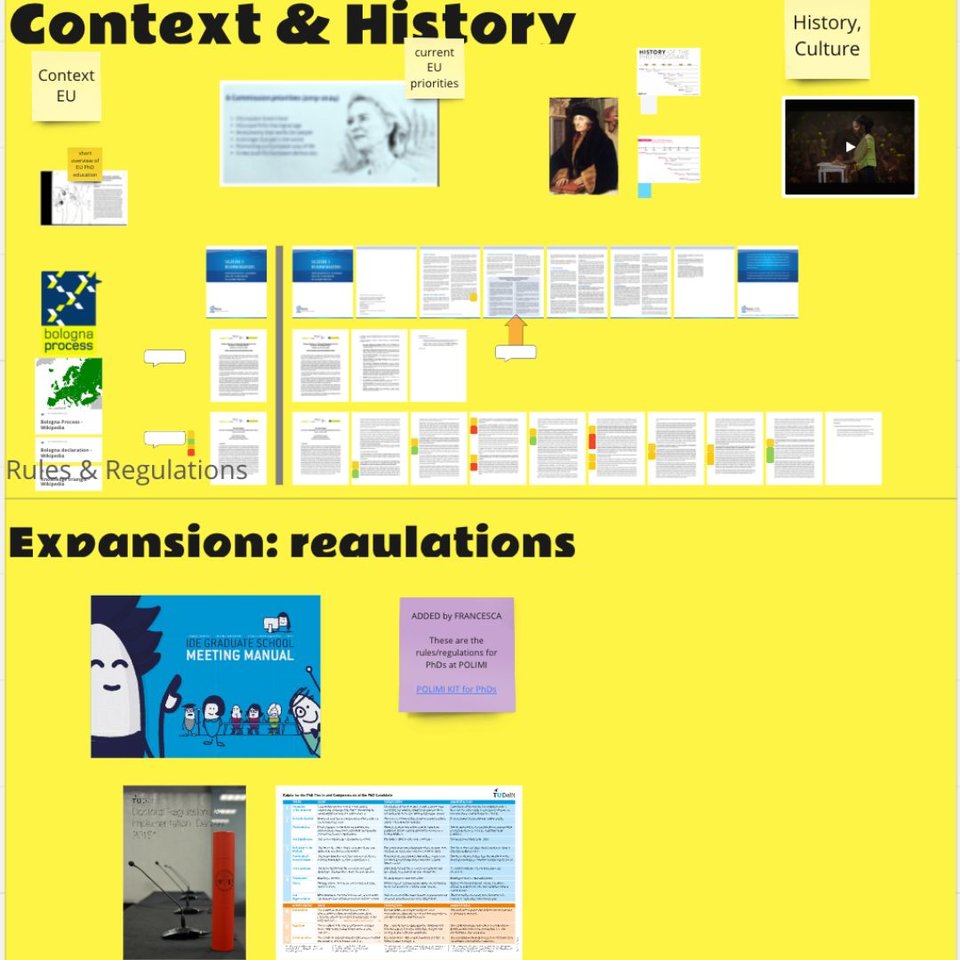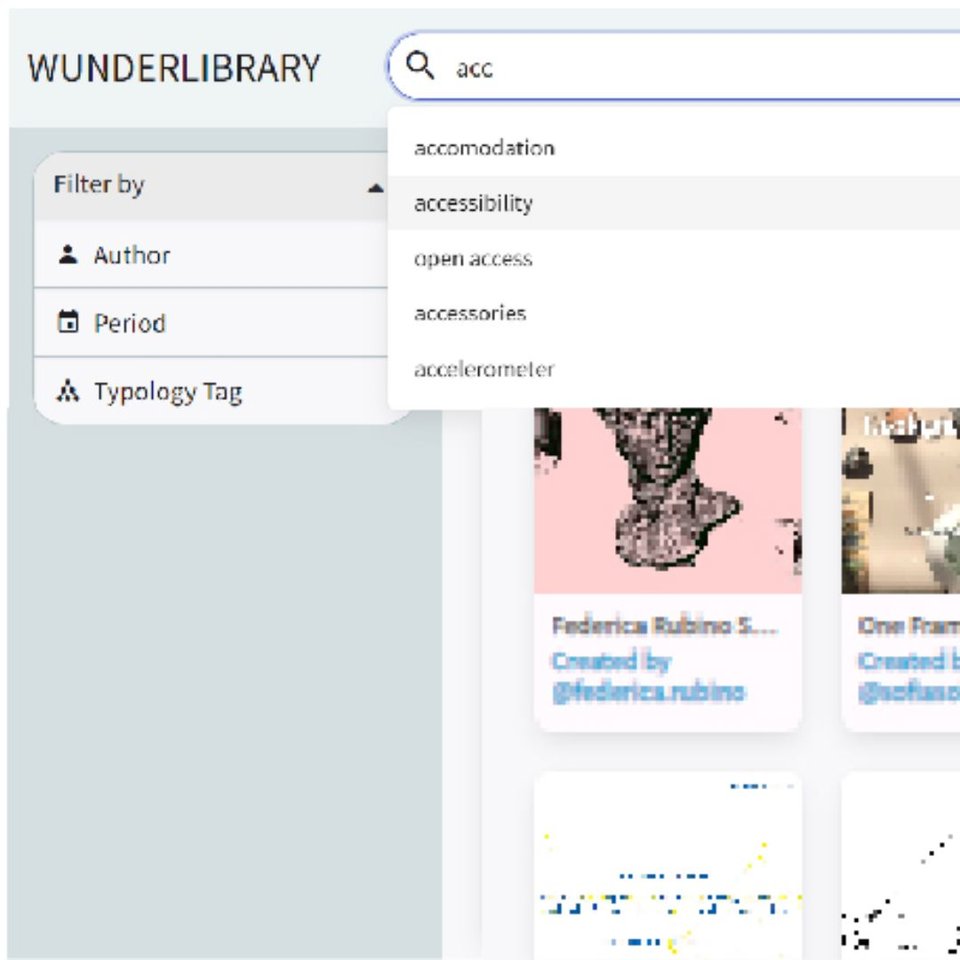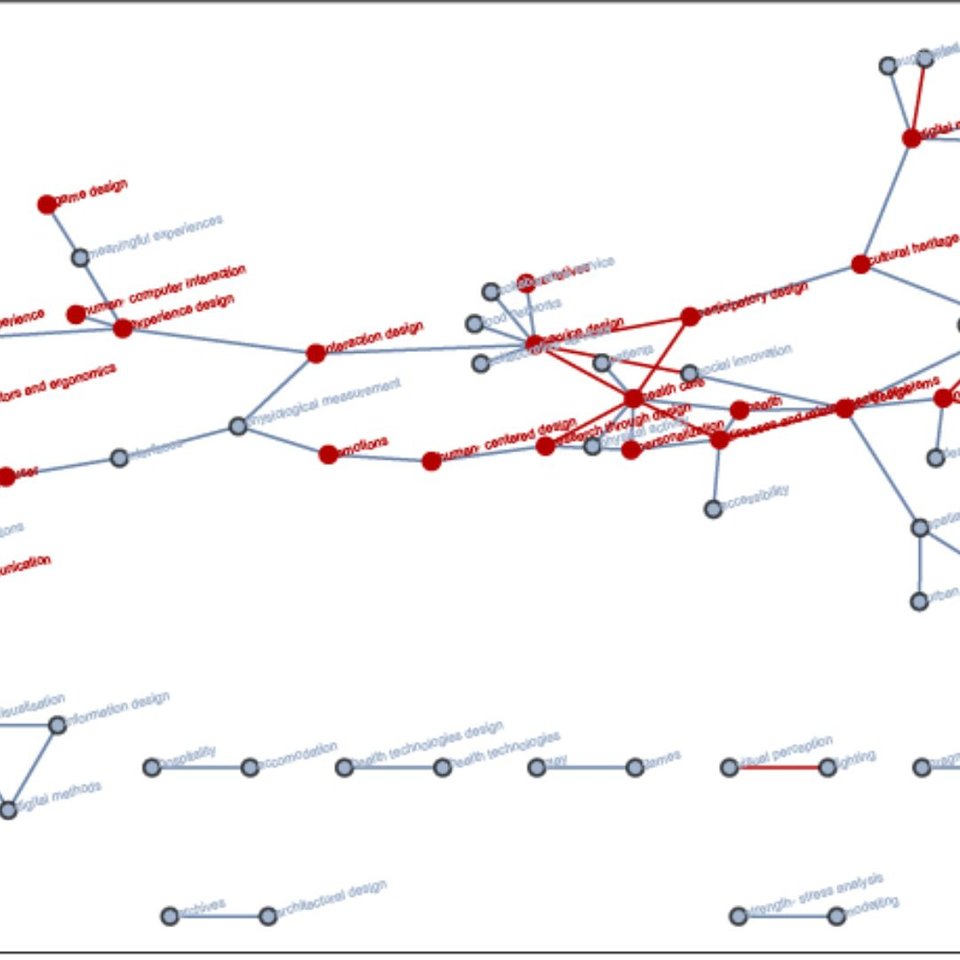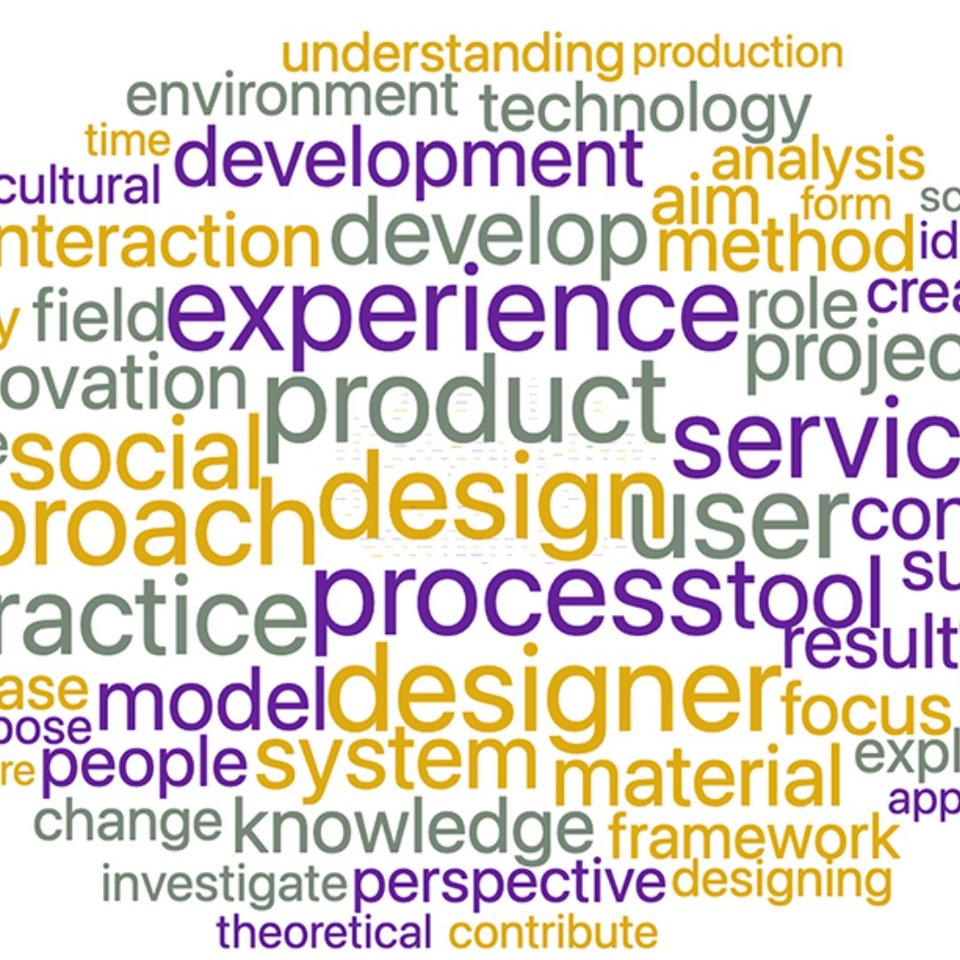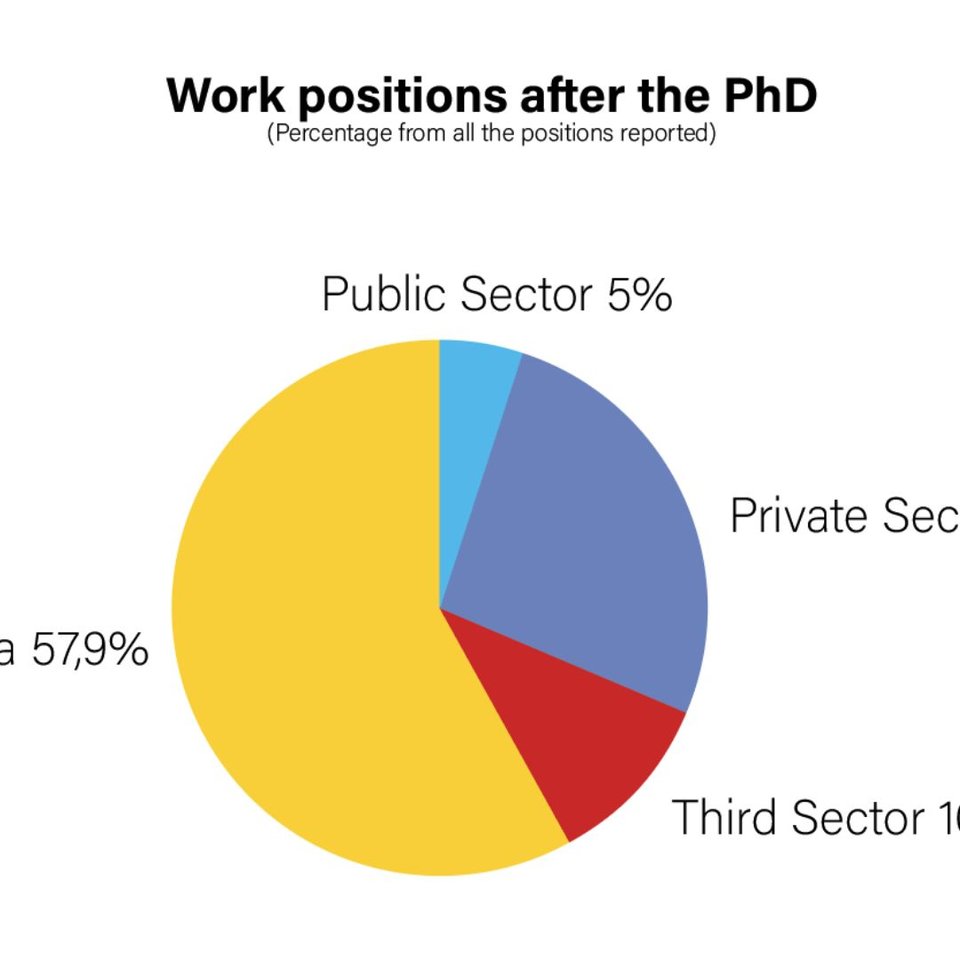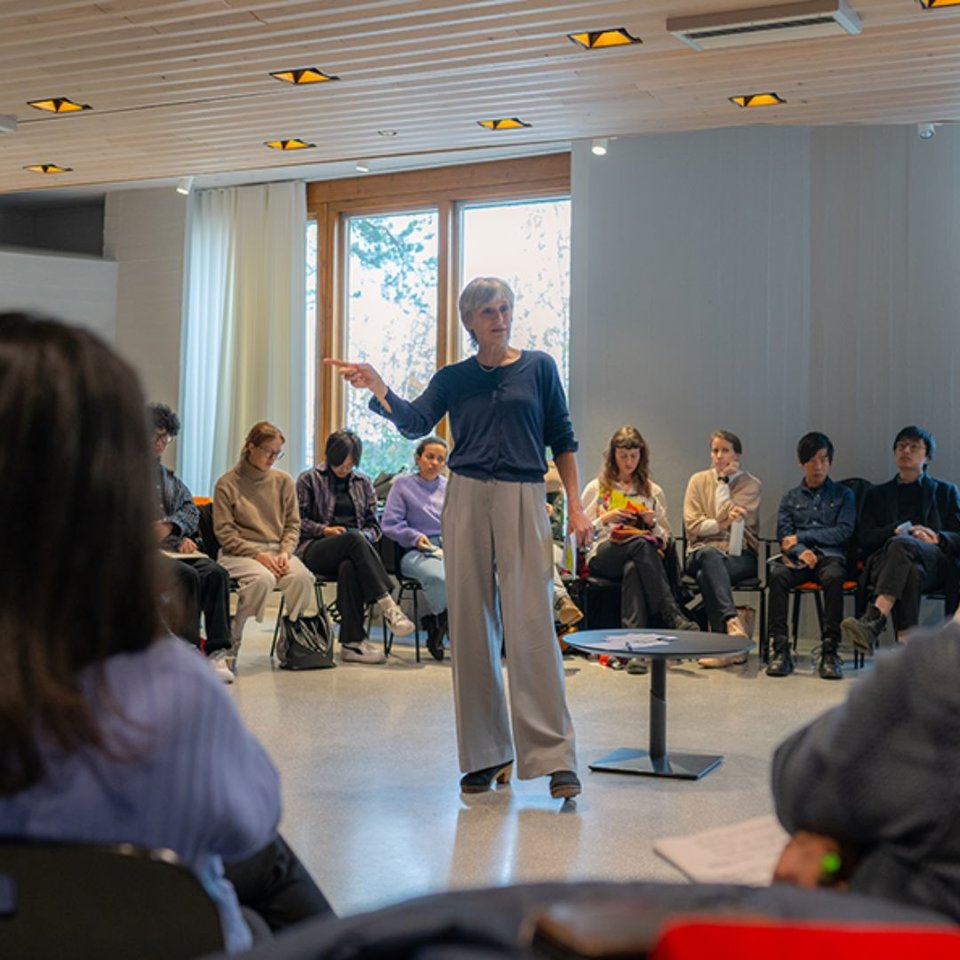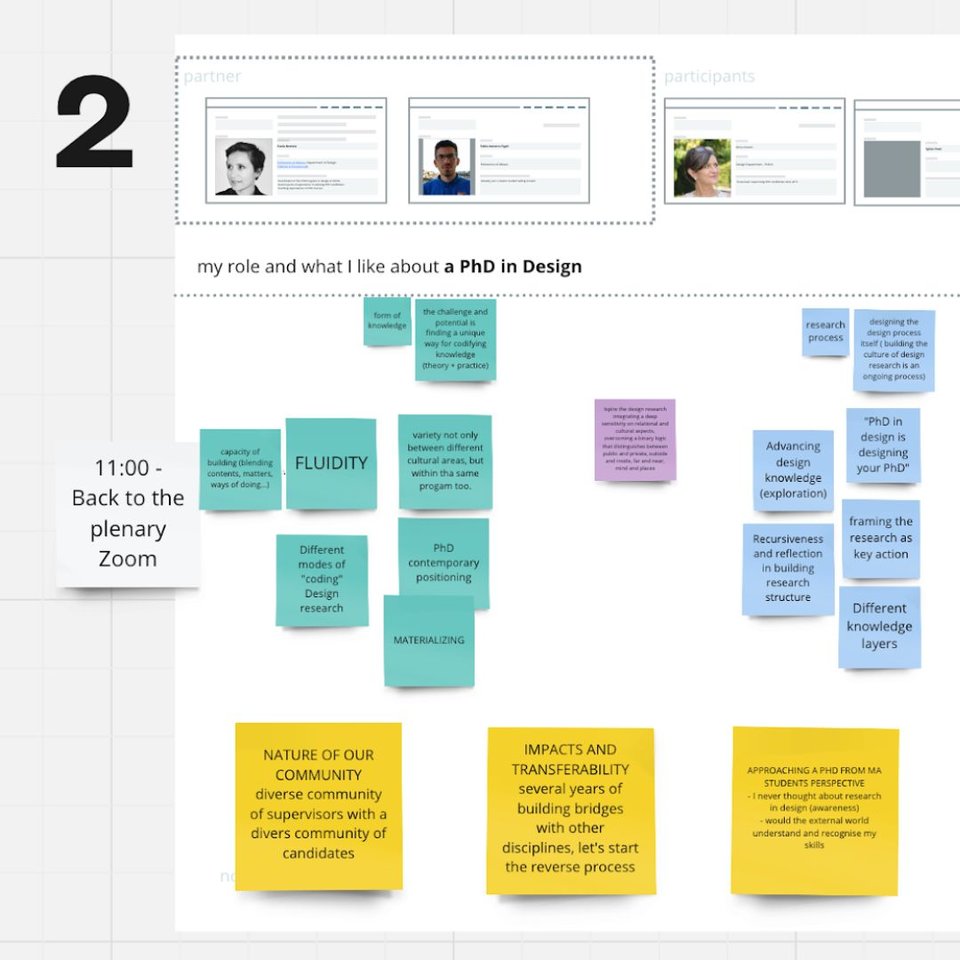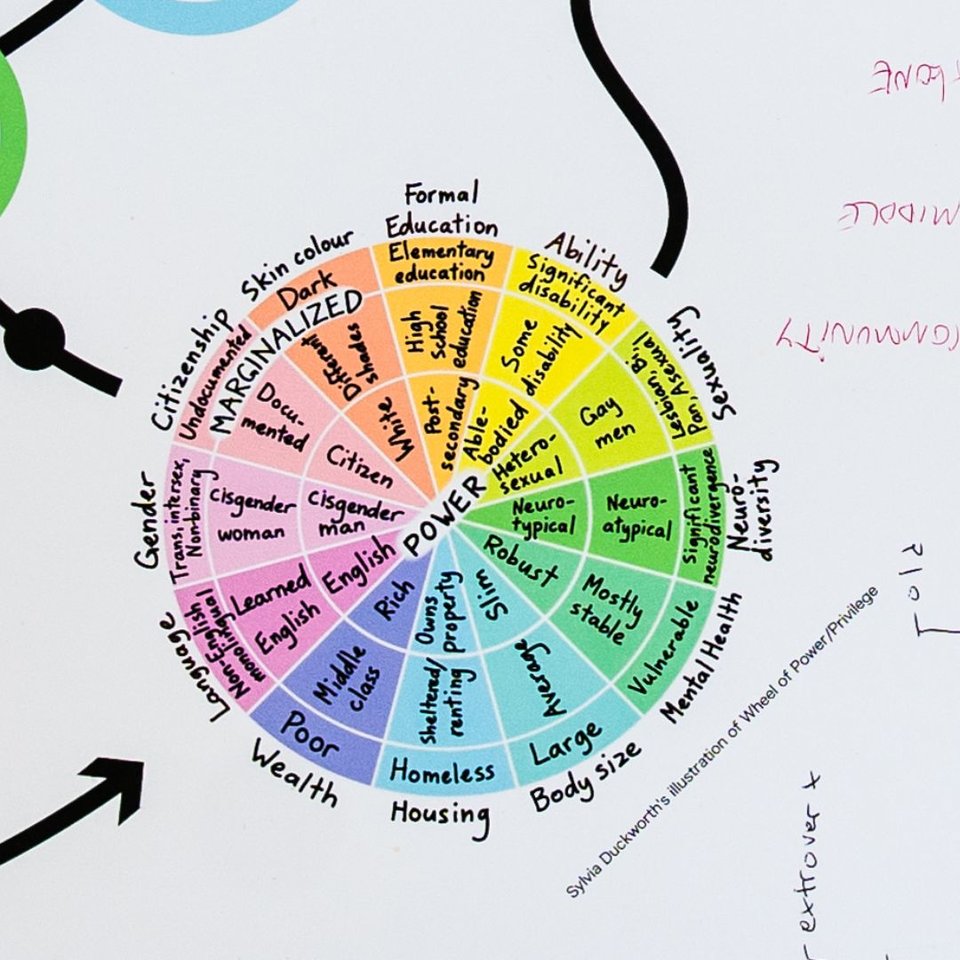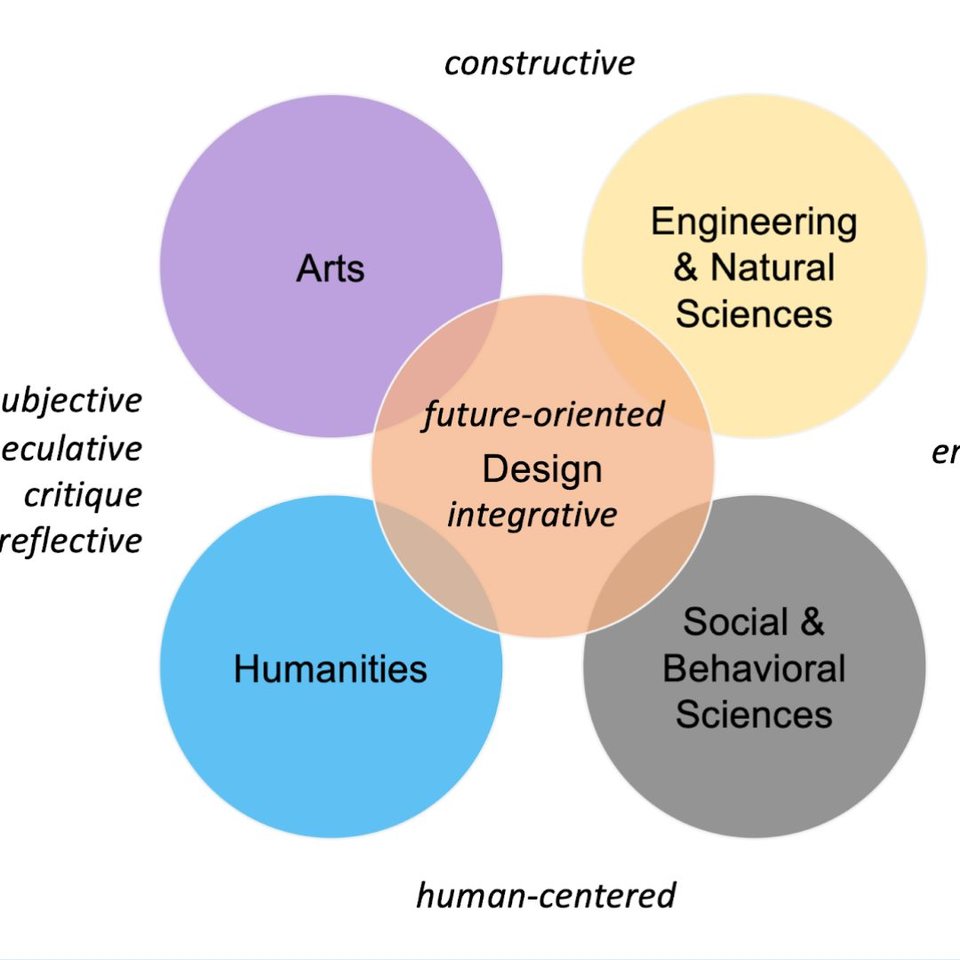Docs4Design
Results and Tools
On this site we offer 4 tools to understand the practices and words that are used, to position one’s own research between the work of others, and to consider future skills and career paths. The 8 reports and 5 training reports provide background research and training materials from the workshops on competencies that were organised by the consortium.
Tools
The tools below are ready-to-use downloads for everyone working in or interested in the PhD in design. They cover a description of diverse practices and the language(s) that are used, the variety of PhD in Design projects, a way to briefly describe one’s own project, and a set of discussion points regarding the future careers of PhD graduates in design.
-
I am doing a PhD in Design...
PhD programs vary a lot; some take 3 years, others 4, some have a lot of education, others are mainly doing research; in some candidates comes up with the research questions after a year, in others they are embedded in a project from the start. In some, the candidate is guided by two advisers, in others by more than that. In some programmes they in a group of 10 that start together; in others there are some 30 every year who start at different times.
An insight on how different our 6 programmes are can help you get an idea what to expect if you speak someone from another programme, and what might be possible if you (candidate) are applying for a programme, or if you (organiser) are considering changes in the programme you organise.
I am a candidate, researcher, or student...
Not only are the practices different across the programmes, also the language used to describe roles, responsibilities, activities, and other parts of 'doing a PhD in design'. We collected and compared the terms used in our different schools, and turned these into a glossary of terminology, to help you traverse the Towers of Babel and their languages.
-
What does a PhD in Design project look like...
PhD programmes are different, and so are PhD projects. To help you start a conversation about 'what kind of PhD in Design projects are there', which ones occur in my programme', and 'what do I plan to do', we compiled a set of 6 'representations', and give examples of each in a short description.
These are not a fixed taxonomy of what is possible (and certainly not 'what is allowed'), but rather show some of the variation of the landscape of PhD projects, and can serve to get you started, by yourself or in a group discussion. -
Let me introduce my project...
It's good to have a network of peers, but when PhD candidates meet, in courses, symposia, or workshops, they don't find it easy to quickly describe what their work is about. First descriptions are typically very much about the topic of the research, or the funding agency, and new PhD candidate hesitate to find words about their approach, values, or methods.
In this template we ask 8 topics about which to add a word or two on a 'vignette' to introduce yourself, and for each topic there is not an abstract definition, but a low-threshold cloud of answers given before. Use these vignettes as a template for inviting participants to your PhD event to quickly and easily introduce themselves. We have used this format at several occasions, and it is easy and helpful. -
Why do a PhD in Design?...
The PhD is 'the third phase of university education', after a Bachelor and Master. But for what jobs is the PhD training you? The traditional answer would be 'for an academic career', but a growing number of graduates continue outside academia, in industry, practice, or government.
Here are some insights we gained from the project, and from roundtable discussions we held with academics and other societal parties.
Reports
The reports give background information, details of how we worked, data and analysis.
-
In an intensive exchange of experiences, we reviewed the PhD in Design practices at our six institutions, and the often different, sometimes confusing, terms that are used in that. The insights were captured in the Map & Glossary tool, and were a basis for the Representations and Vignette tools. This report describes how the Map & Glossary was developed, used in training and dissemination events.
-
The WunderLibrary is an interactive repository in which PhD candidates can compile, order, and view educational materials. In the DoCS4Design project we developed a working prototype for the WunderLibrary. This report describes the development, including user needs gathering, conceptual architecture and implementation, and how it featured in training events.
-
To support the WunderLibrary structure and the Map&Glossary effort, 350+ PhD thesis from 2012-2022 at the six partners were collected. This report reports on the collection and analysis of the keywords that had been attached to the theses. Key lessons from study are reported in Mattioli et al (2024), and led to the Vignette tool. The open dataset is published on Zenodo.
-
In a follow-up study on the thesis dataset we studied patterns across the text descriptors (title, abstract, keywords) of the theses.
-
A survey among PhD graduates explored the career paths of design researchers and their interests before and after a doctoral programme in design. Our aim was to understand how their competencies are developed, and to describe the social impacts of the profession outside of academia. The findings are reported in Nader Sayúna, M. et al (2023).
-
Following the survey, four case study interviews focused on PhD graduates now employed as design-researchers in fields that are not traditionally associated with design, and what future jobs and capabilities might be.
-
In two roundtables we explored the expectations and needs of societal parties (future clients or employers) about PhD in Design graduates. Insights from these roundtables were the basis for the Provocations tool.
-
In two roundtables we explored the social impact of PhD in Design research. Insights from this roundtable were the basis for the Provocations tool.
Training Reports
The training reports describe how we conducted 5 training events, what we learned from them. Some come with learning materials.
-
The first training event of DoCS4Design involved PhD advisors and organisers of PhD programmes across our 6 universities. The report discusses the workshops, the main lessons, which informed the final version of the Map & Glossary tool.
-
This training event for PhD candidates addressed research skills for PhD in Design students. The training was integrated with Politecnico’s series of Summer Schools for the PhD in Design.
-
This training event for PhD candidates addressed general entrepreneurship skills for PhD in Design students. The report comes with appendices providing extensive lecture and learning materials.
-
This training event for PhD candidates addressed social impact of Design Research. The training was integrated with the EAD 2023 conference.
-
This training event for PhD candidates addressed Research through Design: how design actions can be an explicit part of research methods. The course built on earlier work at Delft, but explored a hybrid format, involving in-person sessions at the partner programs and online sessions connecting PhD candidates across the programs.

